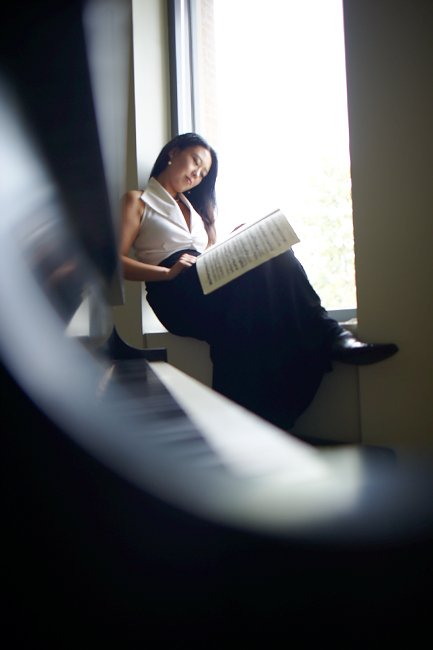This is the English translation of my Japanese article for Nikkan San, a part of my bi-weekly column, “The Way of the Pianist.”
What is the difference between noise and music, do you think?
Through my own practice as a pianist, and research on cognitive psychology, biomusicology and neuroscience, I have come to think that what separates music from noise is sound patterns that the listener finds joys and intrigues in.
Not every sound with recognizable patterns is music. The sound of the jackhammer from a nearby construction site definitely has a recognizable pattern, but the pattern is relentlessly repetitive and the noise level is too high to find pleasure or intrigue in. Of course, this depends on the listener and the context. To a child fascinated by large vehicles and machineries, or to someone to whom the sound of the jackhammer signifies a loved one’s recovery from an injury, they may find pleasure in the sound pattern.
Even then, long-lasting repetition without any variation becomes meaningless, a mere noise, for anyone. For example, you jump onto a train just as its doors close. The train starts the familiar sound of speeding up on the railroad truck, and soon settles into a steady rhythm. First, establishment of a sound pattern can be relaxing, then it become such a given, dismissible and boring. I know I am not the only one who often falls asleep on trains.
The exact opposite scenario can yield the exact same result. A lecture that is over your head, or listening to a speech in a language you don’t know can put you to sleep, in this case because you cannot recognize a pattern in the sound you are hearing.
Whether the sound pattern is too predictable, or too unrecognizable, unless the sound captures your imagination, it becomes meaningless and therefore, noise. Music attracts your attention by an artful balance of patterns and surprising defiance of that pattern, a game between the generator and the receiver to remain meaningfully communicative while challenging each other.
We live in a volatile, uncertain, complex and ambiguous world, referred to as VUCA. With many variables like rapidly advancing technologies and climate change makes our past unreliable a reference to predict our future. Our sense of aesthetic that transcends our logic and calculations are being reevaluated today as something that is vital to our humanity as we face our existential threats. Stanford University, for example, has a formidable music department with concert halls, including an impressive 900-seat Bing Hall. More than half of undergraduates at MIT enroll in art classes each year. Music, and arts, teach us to recognized existing patterns, while anticipating that established pattern to be defied at any moment, and find the challenge amusing. The tension gives us an opportunity to exercise our creativity to keep finding choices in how to reframe the existing paradigm. Music, and arts, teach us invaluable lessons on how to live, and be better, together.

Pingback: 美笑日記1.30:意外性を楽しむ音楽 - "Dr. Pianist" 平田真希子 DMA
Music to many is a universal language, it speaks where words fail. The melody that begins soft, and then proceeds to lift the listener ever higher and higher, until there is nothing but the silence above the storm and the melody.
There above the clouds, alone with the melody, the will is quieted.
Music is like the calm above the storm that one experiences when flying in a commercial flight. There, above the clouds, peace finally comes.
Thank you Makiko for many moments of quietude amongst the storm.
“Music is like the calm above the storm” – beautifully put, Manuel. Thank you for your beautiful insights, always.